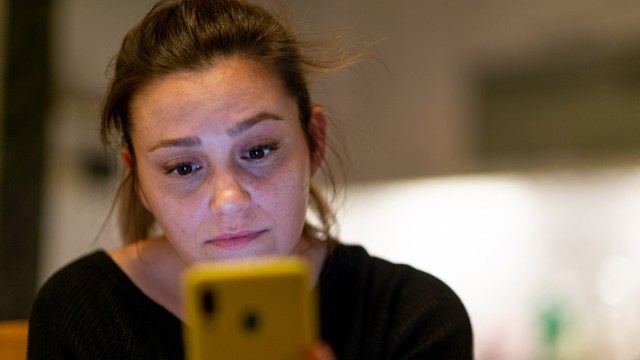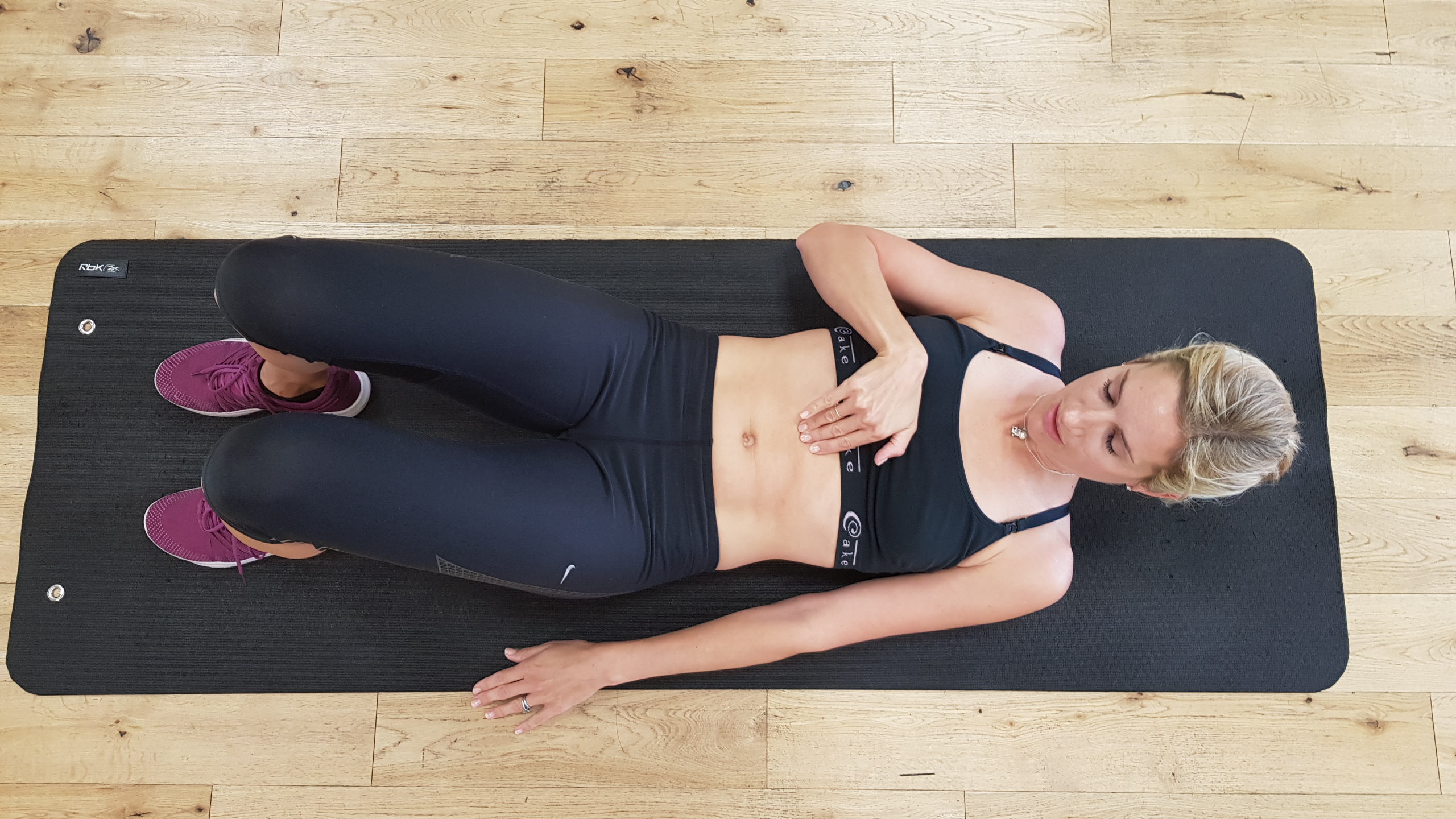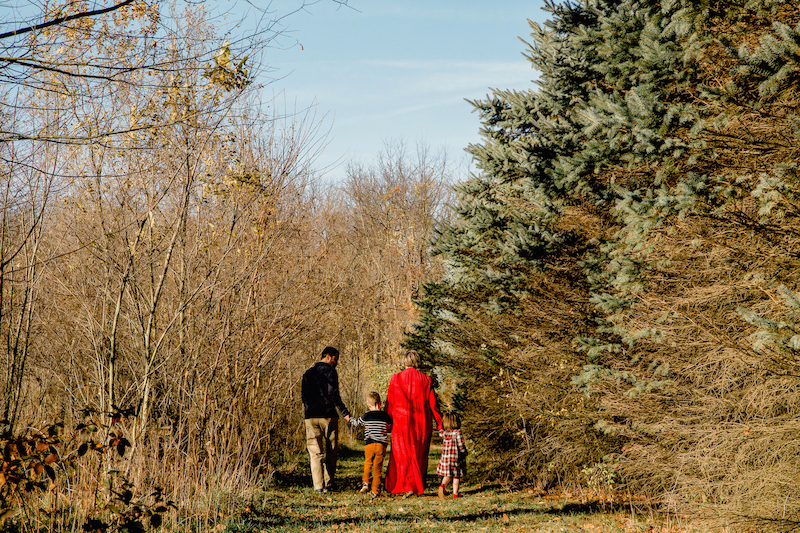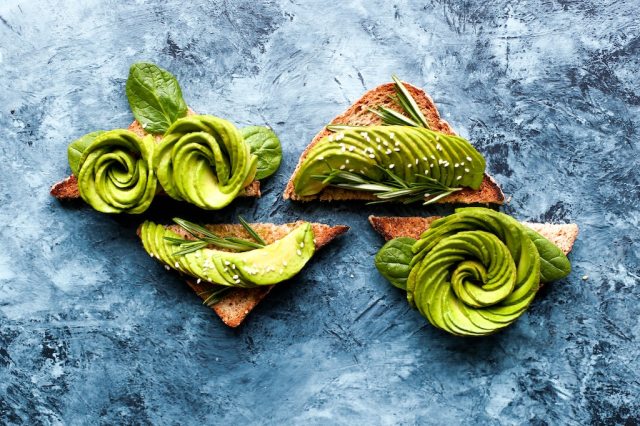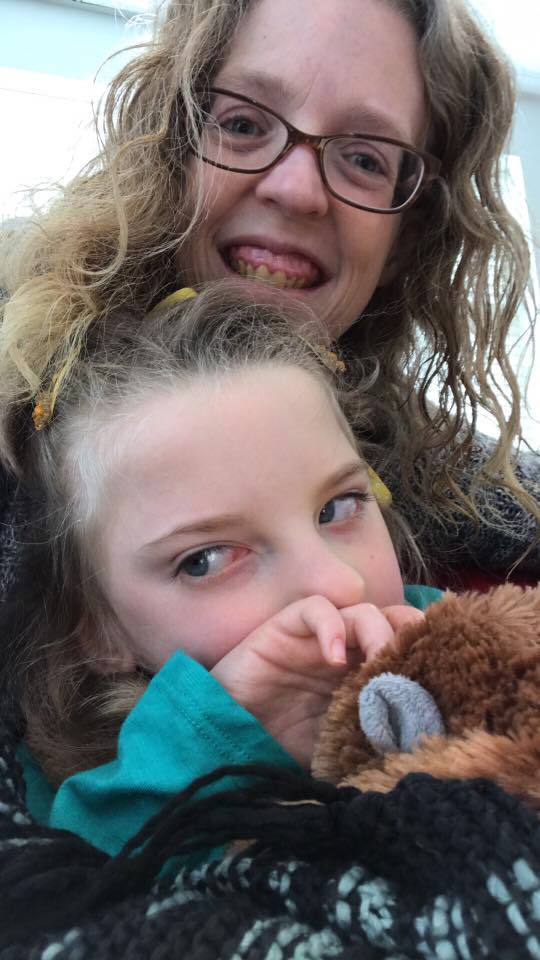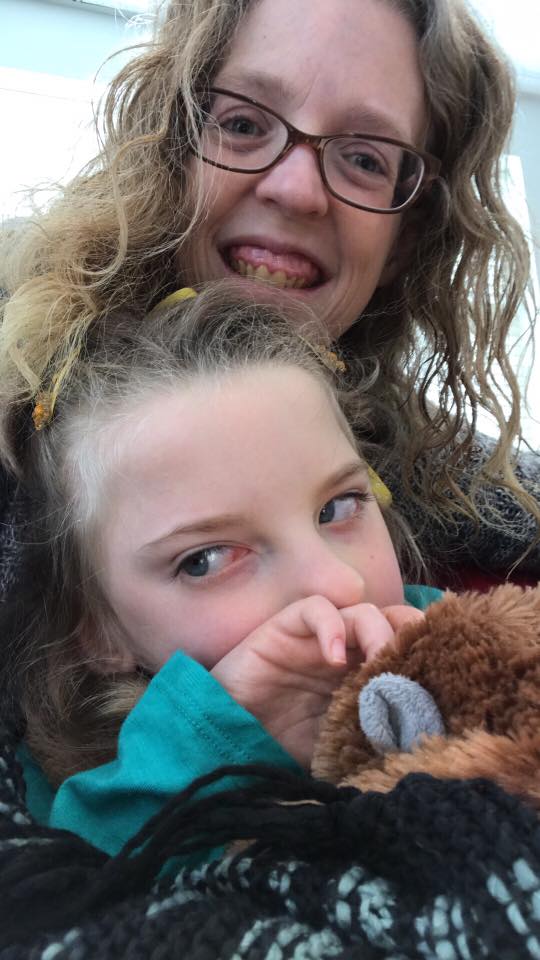If you’re looking for a snowflake science experiment, you’ve come to the right place
Whether your sidekick playfully carves out angels in the snow or sits at the window longing for some of that white stuff to actually fall, she’s all about the frosty flakes. And while play is her main motivation, she’s got serious questions about this wonderful winter phenomenon. Like, how do snowflakes form and what do they really look like up close? Dig deep with a flurry of experimental activities we’ve outlined below to find answers to all her snowflake science questions.
Piece It Together
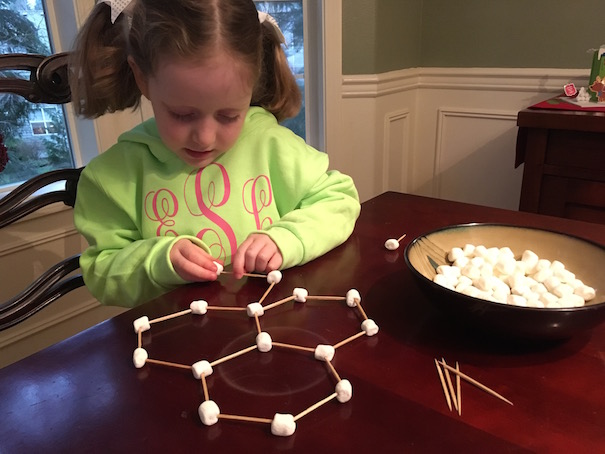
We hate to break it to you, but those adorably sweet snowflake cutouts your kid has been bringing home from school this winter don’t pass scientific muster. Because even though folding paper to make four or eight-sided flakes are super easy, Mother Nature’s snowflakes showcase six-sided symmetry exclusively.
Before diving into your own masterpiece, introduce your scientifically-inclined sidekick to the principle that helps explain why six is the magic number for snowflakes: When the water/oxygen molecules bond during freezing they make hexagons. Recreate this microscopic lattice phenomenon on a larger scale using mini marshmallows and toothpicks with your kids (Click on the link above to find a handy-dandy diagram from Ohio State University!).
Cut It Out
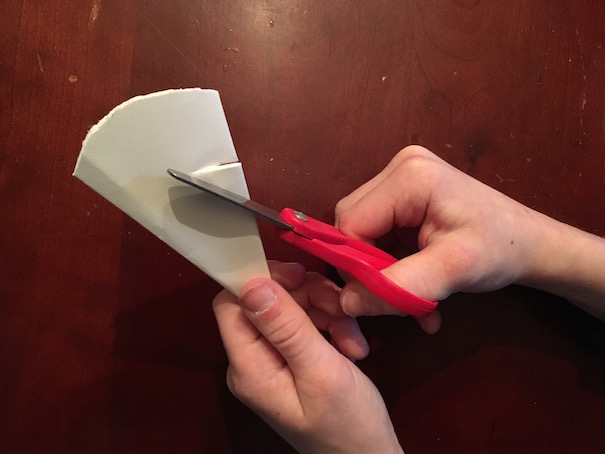
Now that your kiddo’s got the six-sided thing down, it’s time to make some of your own scientifically accurate snowflakes from paper. We’ve found an easy way for the tot lot to get the signature six-sided look they’re going for (hint: it’s all about the fold). Simply follow this illustrated tutorial to make paper snowflakes that are true to life. And if you’re looking to bypass the mess, the Make-A-Flake digital option is definitely the way to go. Your tech-savvy tot can cut and save all her frosty creations and save trees too!
Get Real

Observation is the next step when it comes to snowflake science. If you don't have fresh snow on the ground, you’ve got to get creative and make your own: Leave your freezer door open for a couple of minutes and then close it for 20. When you open it again, your inquisitive cutie should find frosty snowflakes lining the interior.
Now that you’ve got snow to work with, it’s time to get an up-close look at some of Mother Nature’s most delicately beautiful creations. To do this, you’ll need a magnifying glass and a dark piece of paper or, if you’re outside, you can also capture snowflakes on clothing like your gloves or jacket sleeve. Gather a few fresh flakes and use the magnifying glass to examine them in detail (If you’re working with freezer snowflakes, melting is an issue, so leave those tiny miracles in the freezer while you magnify.).
Reassure your little scientists that it’s true, no two are alike, and let them know that just one can be made up of over 200 tiny ice crystals! While you’re looking, have your mini-me count up the sides and use this chart to match what you’ve got in hand with standard ice crystals.
Related: Snowman-Inspired Snacks You Can Easily Pull Off
\
Watch and Learn

You’ve figured out a snowflake’s molecular structure, cut out creative and accurate examples of your own, and examined the real deal through a handheld magnifying glass. Now it’s time to take it one step further. Go behind the scene with rad videos that explain a ton of science behind snowflakes, like their formation and life cycle.
Science Friday’s Snowflake Safari follows Kenneth Libbrecht—CalTech’s resident snowflake expert—a scientist who’s spent a lot of time looking into these chilly chips, as he examines snowflake basics. Be sure to augment your own magnifying experience by flipping through some of Libbrecht’s spectacular snowflake slides online. They’re a great way to demonstrate many of the concepts you and your kiddo have already explored.
Finish up your viewing session with the National Science Foundation’s video about photographing snowflakes. It starts with the man who pioneered the field, Wilson “Snowflake” Bentley, and ends with the discoveries made by the Present Weather Imager, a high-tech camera that captures snowflakes in action. Lights, camera, learn!
Make Your Own
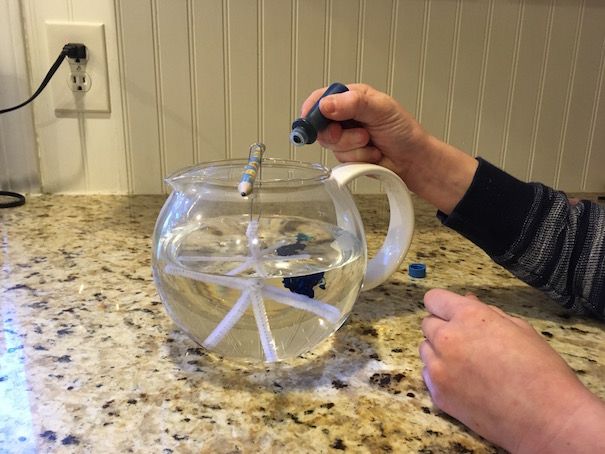
Wrap up what you’ve learned about snowflake science by making a crystal snowflake of your own. Use pipe cleaners to create a six-sided snowflake that gets suspended in a Borax solution overnight. What’s created is a larger-than-life snowflake that’s just as sparkly as the ones that fall from the sky.






